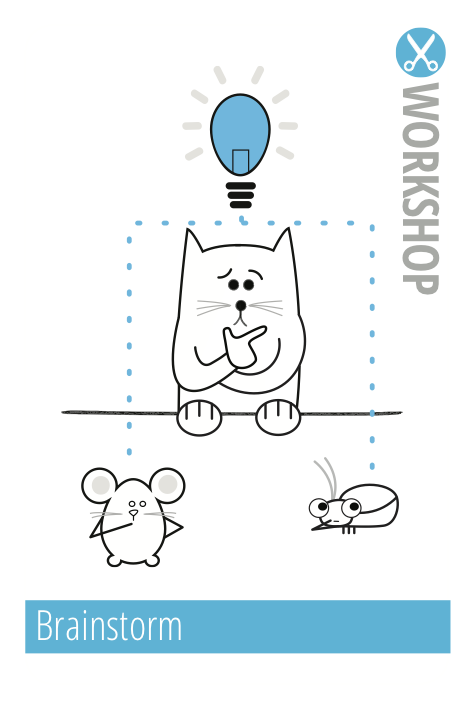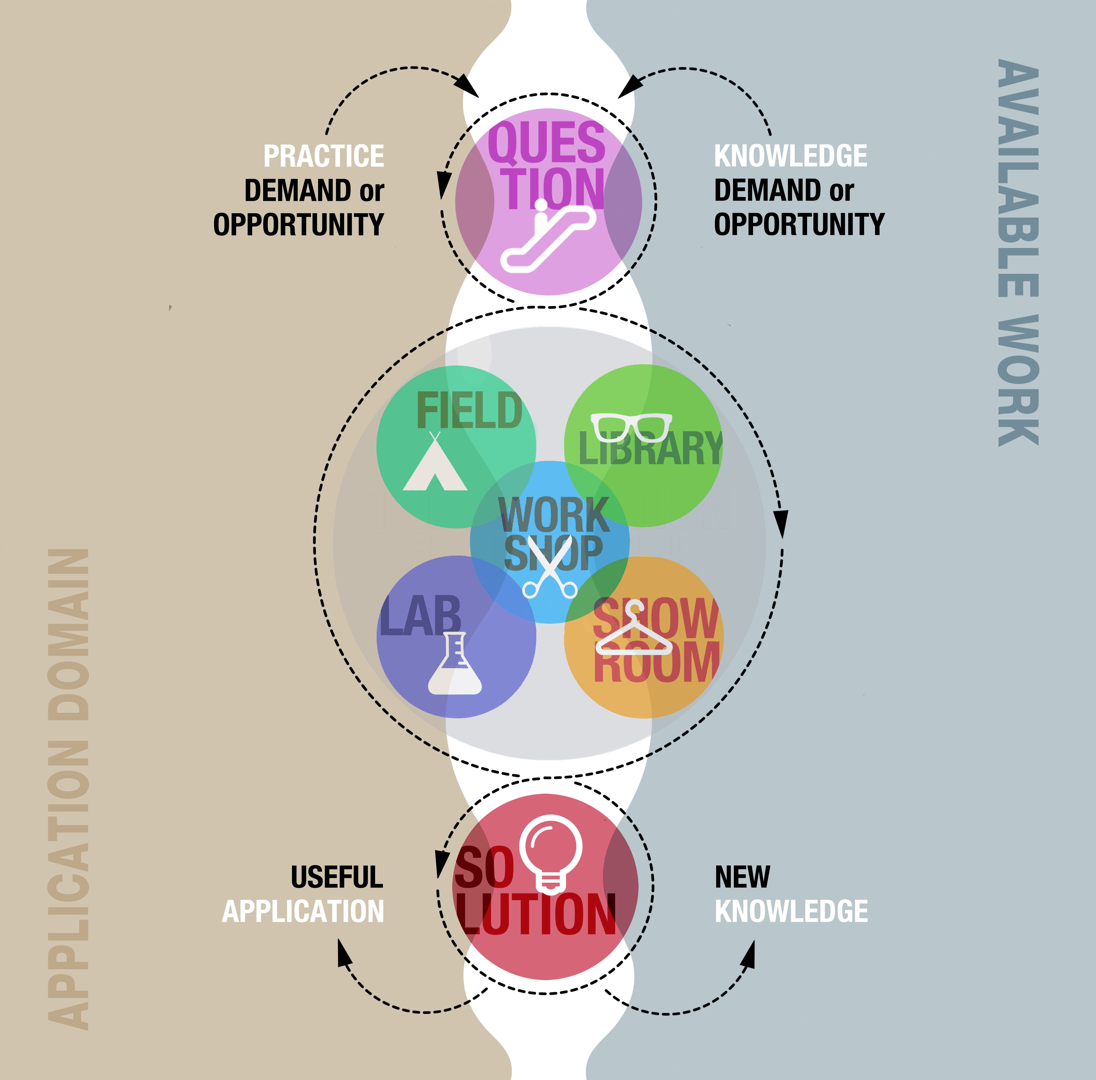Het arrangement 1.1.1 Brainstorming (EN) is gemaakt met Wikiwijs van Kennisnet. Wikiwijs is hét onderwijsplatform waar je leermiddelen zoekt, maakt en deelt.
- Auteur
- Laatst gewijzigd
- 2020-08-24 02:06:17
- Licentie
-
Dit lesmateriaal is gepubliceerd onder de Creative Commons Naamsvermelding 4.0 Internationale licentie. Dit houdt in dat je onder de voorwaarde van naamsvermelding vrij bent om:
- het werk te delen - te kopiëren, te verspreiden en door te geven via elk medium of bestandsformaat
- het werk te bewerken - te remixen, te veranderen en afgeleide werken te maken
- voor alle doeleinden, inclusief commerciële doeleinden.
Meer informatie over de CC Naamsvermelding 4.0 Internationale licentie.
Aanvullende informatie over dit lesmateriaal
Van dit lesmateriaal is de volgende aanvullende informatie beschikbaar:
- Toelichting
- As an IT professional, you will be asked to solve all kinds of problems. How will you come up with possible solutions? In such situations, it is helpful if you know some techniques for creative problem-solving. Brainstorming in teams is one way to generate a lot of ideas quickly. In this building block, you will learn about the mindset, the steps, a couple of basic techniques, and how to prevent some common pitfalls. This is an HBO-ICT (HBO-IT) building block for Research in Education.
- Leerniveau
- HBO - Bachelor;
- Leerinhoud en doelen
- Informatica;
- Eindgebruiker
- leerling/student
- Moeilijkheidsgraad
- makkelijk
- Studiebelasting
- 1 uur 0 minuten
- Trefwoorden
- bouwsteen, building block, hbo ict oio, onderzoek, research
Bronnen
| Bron | Type |
|---|---|
|
Example brainstorm session (diverge) https://www.youtube.com/watch?v=VvdJzeO9yN8 |
Video |

 As an IT professional, you will be asked to solve all kinds of problems. How can we develop a robot that makes grandma feel less lonely? How can we make it more appealing for students to use this project planning website? How will you come up with possible solutions? In such situations, it is helpful if you know some techniques for creative problem-solving. Brainstorming in teams is one way to generate a lot of ideas quickly. This way, you will have a broader array of solutions to choose from and can select the best for your situation.
As an IT professional, you will be asked to solve all kinds of problems. How can we develop a robot that makes grandma feel less lonely? How can we make it more appealing for students to use this project planning website? How will you come up with possible solutions? In such situations, it is helpful if you know some techniques for creative problem-solving. Brainstorming in teams is one way to generate a lot of ideas quickly. This way, you will have a broader array of solutions to choose from and can select the best for your situation.

